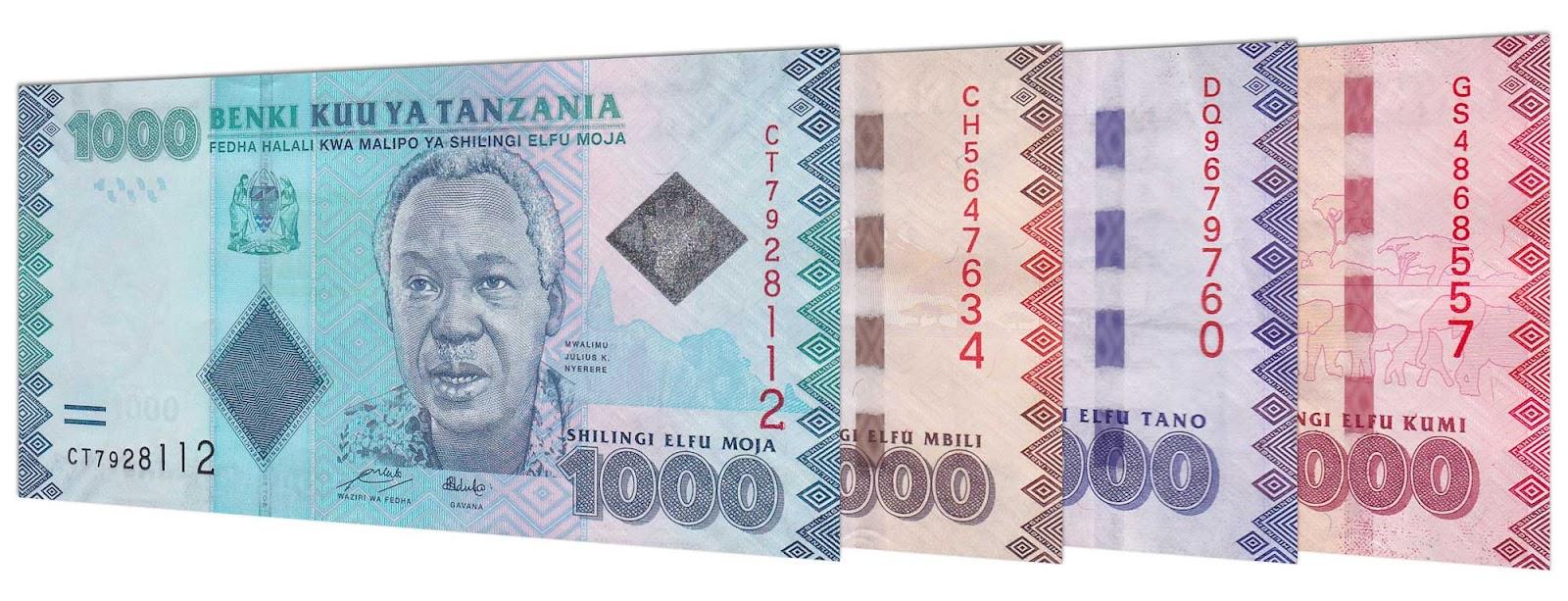In January 2025, Tanzania's central government recorded total revenue of TZS 2,697.8 billion, achieving 98.3% of the monthly target. Tax revenue reached TZS 2,222.3 billion, slightly exceeding the target by 0.3%, signaling strong tax administration. However, non-tax revenue underperformed at TZS 347.8 billion against a target of TZS 413.9 billion. Total expenditure stood at TZS 3,576.1 billion, with recurrent spending consuming TZS 2,358.0 billion and development expenditure totaling TZS 1,218.1 billion. This created a budget deficit of TZS 878.3 billion, underscoring growing fiscal pressure despite stable revenue performance.
Government Budgetary Operations in Tanzania focusing on Central Government Revenues, Expenditure, and the Budget Deficit
1. Central Government Revenues (January 2025)
- Total Revenue: TZS 2,697.8 billion
- This was 98.3% of the monthly target.
- Central Government Revenue: TZS 2,570.1 billion
- Tax Revenue: TZS 2,222.3 billion
- Exceeded the monthly target by 0.3% due to sustained tax administration efforts.
- Non-Tax Revenue: TZS 347.8 billion
- Lower than the estimated TZS 413.9 billion.
This shows strong tax revenue collection but a shortfall in non-tax revenue.
2. Central Government Expenditure (January 2025)
- Total Expenditure: TZS 3,576.1 billion
- Recurrent Expenditure: TZS 2,358.0 billion
- Development Expenditure: TZS 1,218.1 billion
- Includes infrastructure, social services, and development projects.
The government prioritized development while maintaining high recurrent spending.
3. Budget Deficit
To compute the budget deficit for January 2025:
Deficit = Total Expenditure - Total Revenue
= 3,576.1 billion - 2,697.8 billion
= TZS 878.3 billion
🧮 Budget Deficit: TZS 878.3 billion in January 2025
This suggests the government spent more than it collected, creating a financing gap.
Tanzania’s Government Budget Operation in January 2025:
Key Takeaways & Interpretation
1. Strong Revenue Performance – Especially in Taxes
- The government collected 97.7% of its revenue target, and tax revenue slightly exceeded its goal.
- ✅ This indicates effective tax collection efforts and a stable tax base, which is good for fiscal sustainability.
- ❌ However, non-tax revenues fell short, suggesting issues in collecting fees, dividends from state enterprises, or other sources.
2. High Government Spending
- The government spent TZS 3.6 trillion, higher than its revenue collection.
- A significant portion (TZS 2.36 trillion) went to recurrent expenditure (salaries, interest payments, etc.).
- Development spending was also strong, indicating continued investment in infrastructure and growth-supportive areas.
3. Large Budget Deficit
- The deficit of TZS 878.3 billion shows the government spent significantly more than it earned.
- This implies the need to borrow domestically or externally to cover the gap.
What It Means Overall:
- Positive: Tax administration is working well; government is prioritizing development.
- Risk: Persistent budget deficits, if not carefully managed, can lead to higher debt levels, more interest payments, and reduced room for future development spending.
